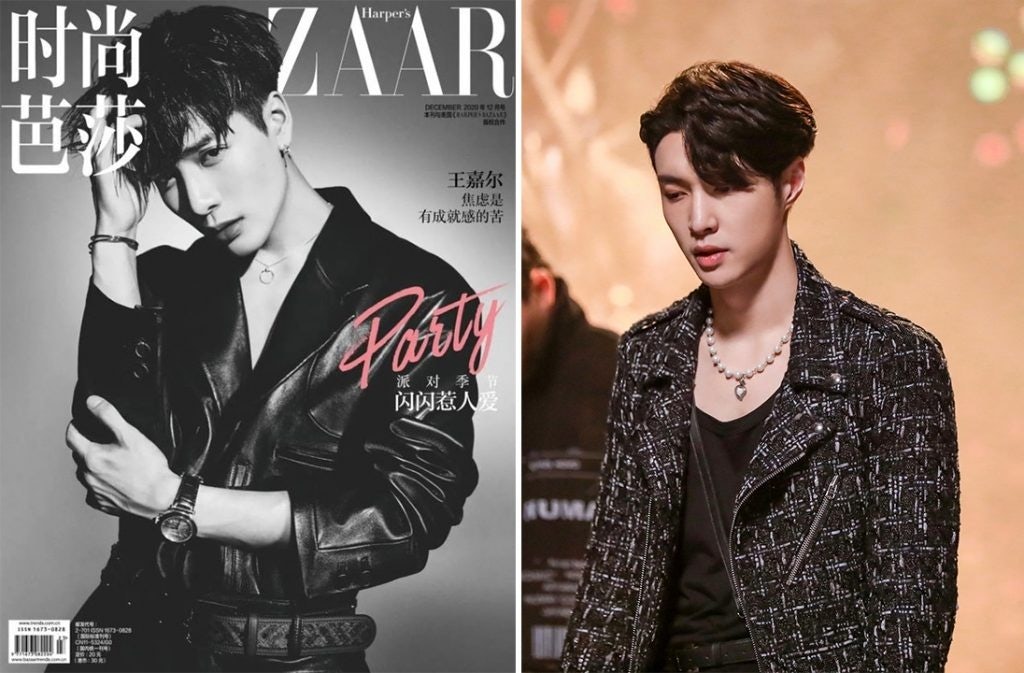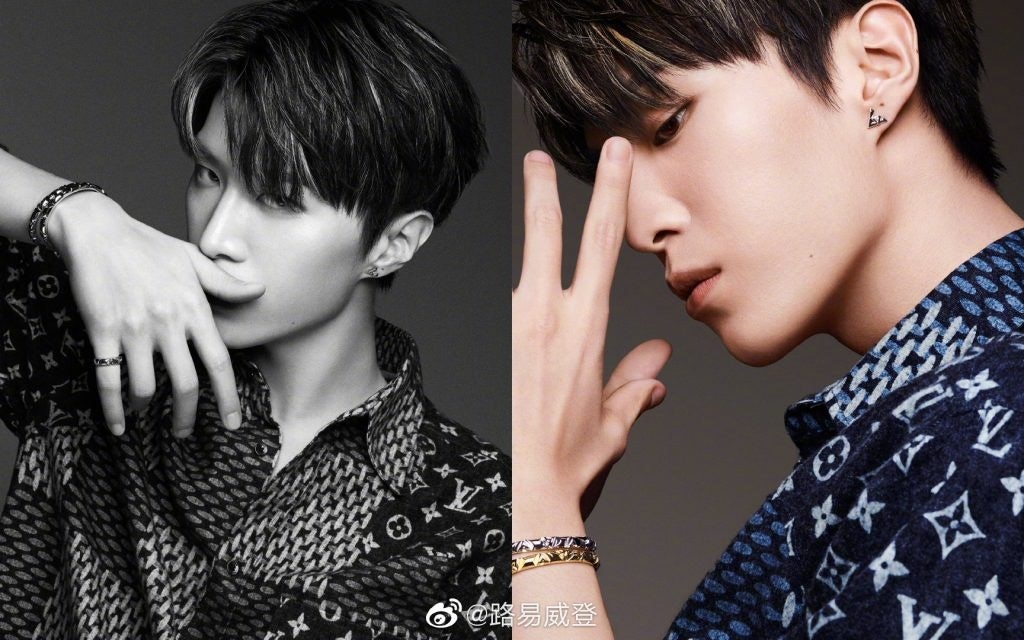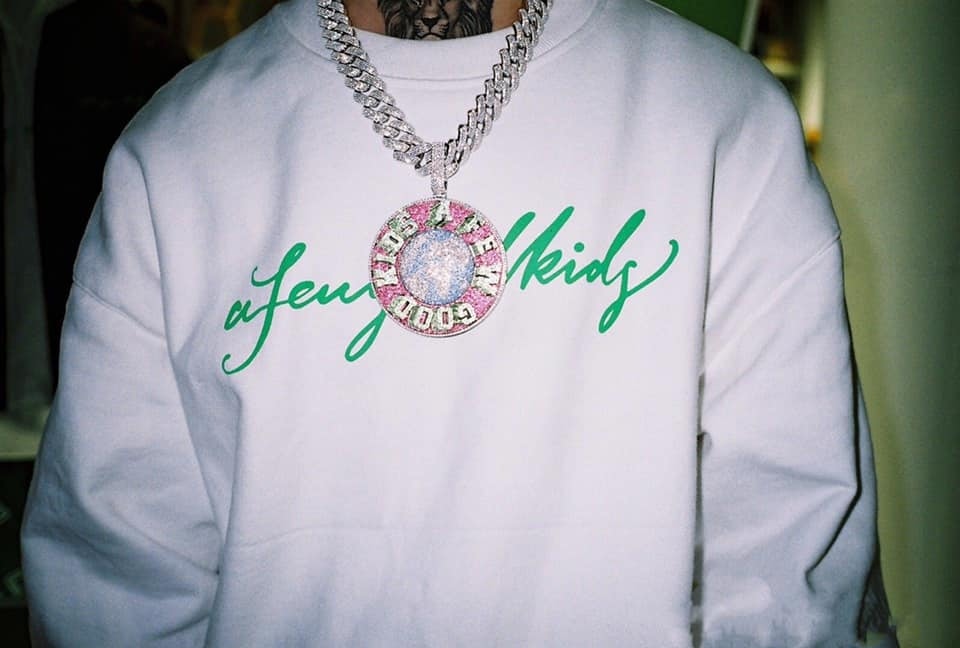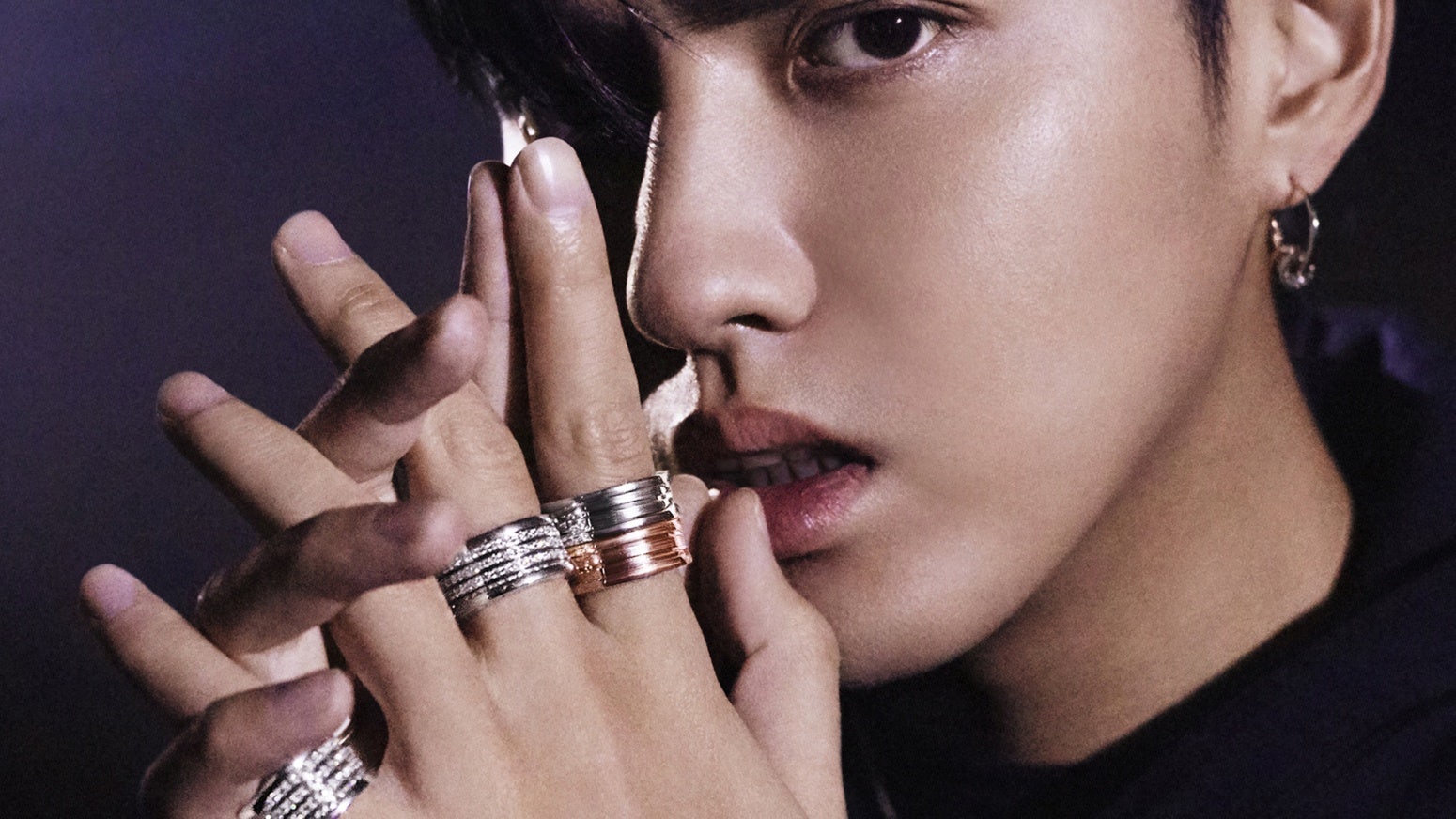Key Takeaways:#
China's young male consumers are increasingly interested in sophisticated, diverse jewelry offerings, but big-name jewelry houses have been slow to catch up to their demand.
The male jewelry market is still in the early stages of its development, leaving a great opportunity for brands to gain a market share.
Brands need to destigmatize the male jewelry genre, go beyond "rapper chains," and diversify male adornment as much as women's.
When thinking about today's luxury male accessories market, a prefixed set of traditional jewelry items that embody "masculine" qualities are implied. Those items include gothic rings, rapper-inspired Cuban link chains, or male wardrobe additions such as tie clips, cufflinks, or belt buckles. But for China's growing cohort of young, fashion-fluent men, those style conventions are hardly enough.
So, how can luxury brands cash in on this burgeoning male jewelry market? The first step is recognizing the industry's long-standing male accessory stereotypes. Then, they can destigmatize them.
Take the diamond, for example. The gemstone's cultural association with “forever love” resonates much less with China's millennials and Gen Zers than with their Western counterparts. Having grown up in a culture that’s relatively new to the Western concept of equating diamonds and marriage proposals, China's young men are more likely to see the diamond as a fashion symbol than a commitment piece.
According to a report by the investment firm Guosen Securities, post-80s consumers contributed to 80 percent of China's diamond sales in 2017, while their US counterparts contributed only 50 percent. Shopping for a diamond is almost exclusively tied to romantic gifts in the US, but China's cultural detachment allows more young men to buy diamonds for fashion statements.
On social media, a growing number of young Chinese men are sharing their experimental and gender-fluid approaches to jewelry. The hashtag #MenJewelry (男士珠宝) now has more than 30,000 posts on the lifestyle platform Xiaohongshu, where male fashion KOLs explain their tricks and tips on navigating luxury's limited offers of men's adornments.
Restricted by choices, many Chinese men are now buying women's luxury jewelry with gender-neutral designs. Chanel's Coco Crush classic rings, Piaget's Possession rings, and Bulgari's B.Zero diamond rings have become their go-to pieces. Also popular are Fred's Force 10 bracelet, Tiffany & Co.'s True bracelets, Cartier's Ecrou De Cartier bracelets, and the Panthere de Cartier pendant.
"Timeless design [in men’s and women's collections] from Bulgari, Cartier, and Van Cleef & Arpels are the safe choices for the luxury-loving crowd,” says Shark, a KOL who runs the men's style Bilibili account @潮流整活人. “I would say that most men do not have a clear idea of what they want before shopping. They are more likely to get inspired on the spot and follow the impulse."
Aside from being stylistically safe, classic pieces from big brands are also endlessly versatile. Compared to the stereotypical "male jewelry," consisting of rough metals or hip-hop-style gold details, big-name classics have become ideal for layering, mixing, and matching to achieve an urban, professional look. But, says Shark, a love for classic investment jewelry doesn’t apply to the masses. "For the majority of guys who have just started to get interested in fashion, stereotypical male accessories fall into two categories: the Chrome hearts rings or ethnic-looking accessories with feathers or colored stones," he explains.
While the desire to wear unisex jewels signals a search for male style upgrades, the gender-fluid trend might also come from male Chinese pop stars increasingly wearing dressy jewelry on-screen, helping audiences to accept adventurous male styles. In the popular talent show "Street Dance of China," popstar mentors Zhang Yixing and Jackson Wang appear in every episode with a hybrid look that features "masculine" streetwear and "feminine" accessories like a pearl necklace. Meanwhile, Chinese fashion magazines are increasingly featuring stylish male icons wearing delicate, fine jewels. Last year, the December issue of Harper's Bazaar China starred pop star Jackson Wang in a full-body leather look and Cartier's Juste un Clou jewels, a collection known for its minimal chic forms.

China's rising interest in male jewelry did not go unnoticed by the jewelry world's biggest names. In recent years, luxury houses have been testing the waters by featuring Chinese male popstars in their jewelry campaigns to promote the unisex use of their most iconic designs. Bvlgari has Kris Wu as its brand ambassador, and he routinely shows up wearing the Roman Maison's branded diamond watches, earrings, and brooches at VIP events. Meanwhile, Louis Vuitton selected Fan Chengcheng to star in its LV Volt jewelry campaign. For its dedicated jewelry line, Tiffany Men's for the modern man, Tiffany tapped superstar Jackson Yee as its spokesperson as a way to consolidate China’s young, male consumers.

"In China, the male customer is much more engaged, much more enthusiastic about men's fashion, and much more comfortable with wearing jewelry, cosmetics, and fashion — all these different categories," said Tiffany's chief artistic director Reed Krakoff during an interview last year.
However, despite the luxury world's growing media representation of men with jewelry, the category's limited innovation and personalization hasn't caught up with Gen-Z China's quickly-evolving demands. Today, most Chinese men are still shopping for jewelry from the big brands' female-oriented catalogs, where few products or services fit their needs.
Yet, emerging domestic brands may offer the luxury world inspiration for making younger and more fashion-forward jewelry offerings for men. Founded in 2019, KVK has quickly grown big on Taobao, thanks to its genderless and futuristic-looking jewels. The self-proclaimed "post-gender accessory brand" targets Gen Zers that embrace a Cyberpunk-inspired, techy aesthetic. WBJ, a Taiwan-based brand specializing in custom-made male jewelry, has also grown a loyal following among the Mainland's male fashionistas with its playful, diamond-studded accessories. Unlike stereotypical male jewelry, these emerging brands create inventive jewelry that blends well with the modern man's daily styles.

With Gen-Z China's desire for diversified men's accessories still growing, brands should help destigmatize the male jewelry genre and adapt their positioning to woo men shoppers. Hungry for novelty and quick to learn, male Gen Zers now want the same range and variations in jewelry that women have. Now, it's a matter of who will serve them.

